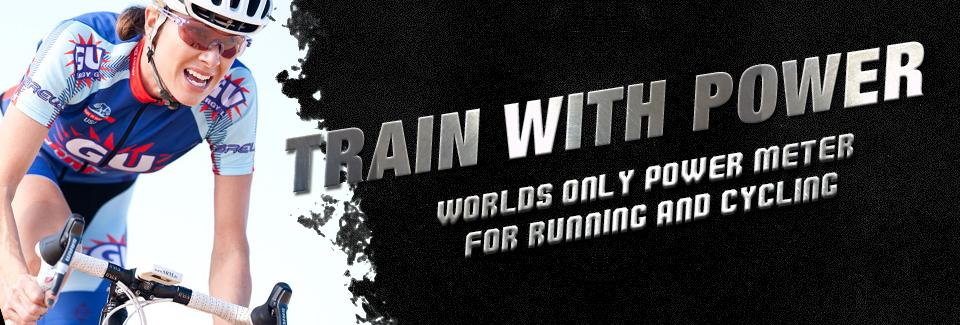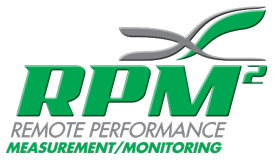 At RPM2, we’re continually improving our products and adding new features to help you boost your performance. You may have noticed a new feature on your RPM2 dashboard after calibrating your inserts or using the 100-yard dash feature. It is called sequential force strike, and you can locate it by clicking on the yellow arrow at the bottom of the screen. This feature, which is represented by two feet with indicators showing force placement, can provide you with valuable information about your body’s biomechanics that you can use to achieve bi-lateral equivalence.
At RPM2, we’re continually improving our products and adding new features to help you boost your performance. You may have noticed a new feature on your RPM2 dashboard after calibrating your inserts or using the 100-yard dash feature. It is called sequential force strike, and you can locate it by clicking on the yellow arrow at the bottom of the screen. This feature, which is represented by two feet with indicators showing force placement, can provide you with valuable information about your body’s biomechanics that you can use to achieve bi-lateral equivalence.
Foot Strike Explained
Foot strike is the way in which your foot hits the ground when running. There are three types of foot strike: heel, midfoot, and forefoot. In a heel strike, which the majority of runners use, the heel hits the ground first, followed by the remainder of the foot. With a midfoot strike, the outside edge of the foot contacts the ground first. A forefoot strike occurs when the outside edge of the ball of the foot makes initial contact. Each type of foot strike bears a different level of force, with a heel strike having the most impact on the foot and rest of the body and a forefoot strike having the least.
Foot Strike and Running Injuries
Experts disagree on whether runners should try to convert from a heel strike to a midfoot or forefoot strike to prevent injuries. A forefoot strike does reduce impact force on the knees, but heel strike does the same for the ankles. Moreover, modern running shoes, with their built-up, cushioned heels, minimize the impact of heel strike to a degree. When it comes to the ideal foot strike, the jury is still out, but if you suffer from chronic injuries to the ankle, shin, or knee, your sequential force strike measurement is worth investigating.
Using our remote performance monitoring footbed products, you and your trainer can determine if you should work toward changing your foot strike or address your bilateral deficiencies in other ways, such as wearing different shoes, shortening your stride length, or performing more stretching and strengthening exercises. To keep up with RPM2’s latest product developments, follow us on Facebook and Twitter, and subscribe to our blog on the right-hand side of this page.








